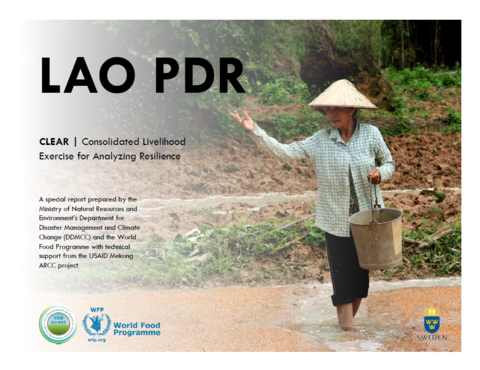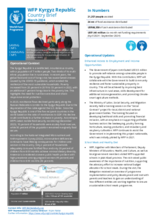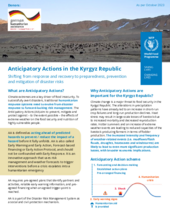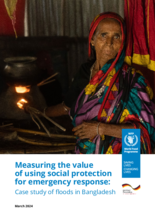
This analysis, published jointly by the Ministry of Natural Resources and Environment and WFP, examines the impact of climate risks on food security and livelihoods in Laos. It aims to inform climate change adaptation policies and programmes related to food security and livelihoods in the country.
This analysis was built on a country-wide livelihood zoning exercise, resulting in the identification of forty unique livelihood groups - each with a unique climate resilience profile. Livelihood zones which are highly diversified, and those which do not rely on rainfed agriculture, are found to be the most resilient to climate shocks. Livelihoods based on rainfed highland paddy production, on the other hand, are amongst the least resilient – not only because they rely on increasingly erratic rainfall, but also because of rugged terrain and remoteness, which limits access to land and alternative livelihood activities.
This report was carried out under the C-ADAPT initiative, funded by the Government of Sweden.
| Document | File |
|---|---|
| LAO_CLEAR- English version-FINAL 1-9-2016-standard.pdf |
PDF | 7.25 MB
Download
|



